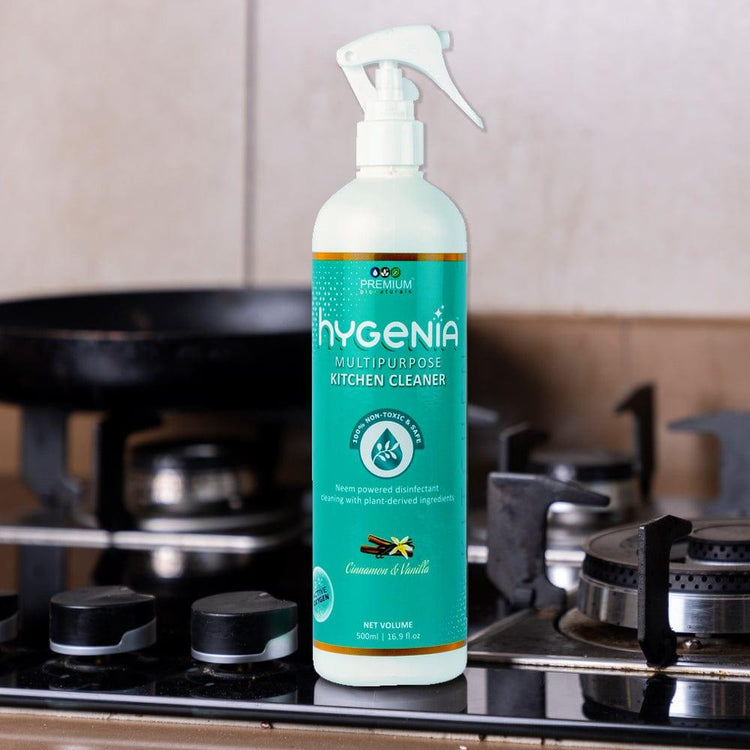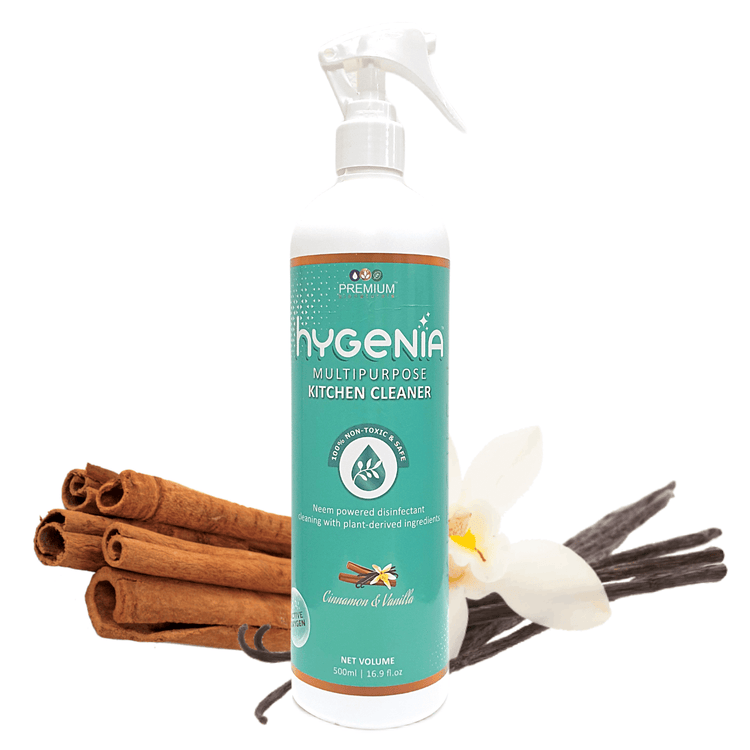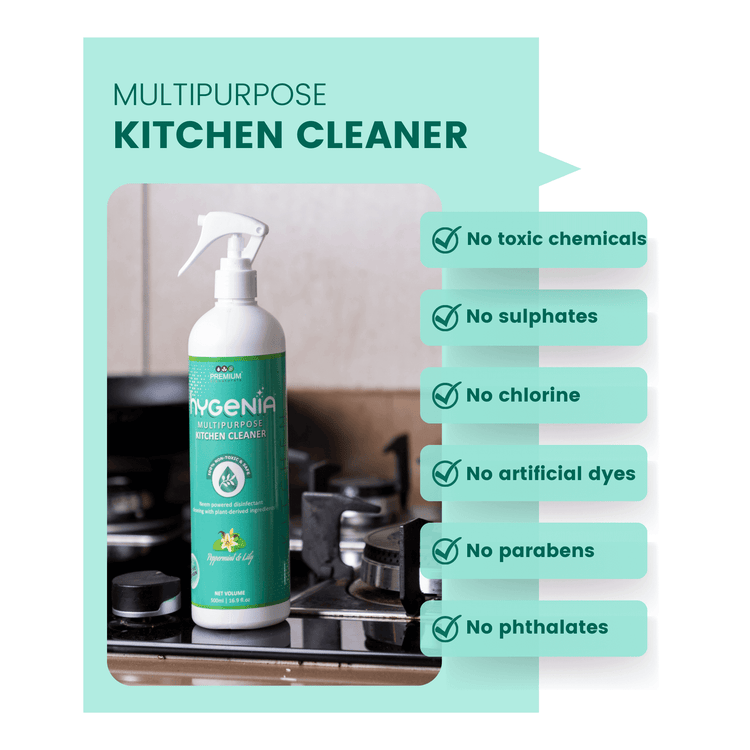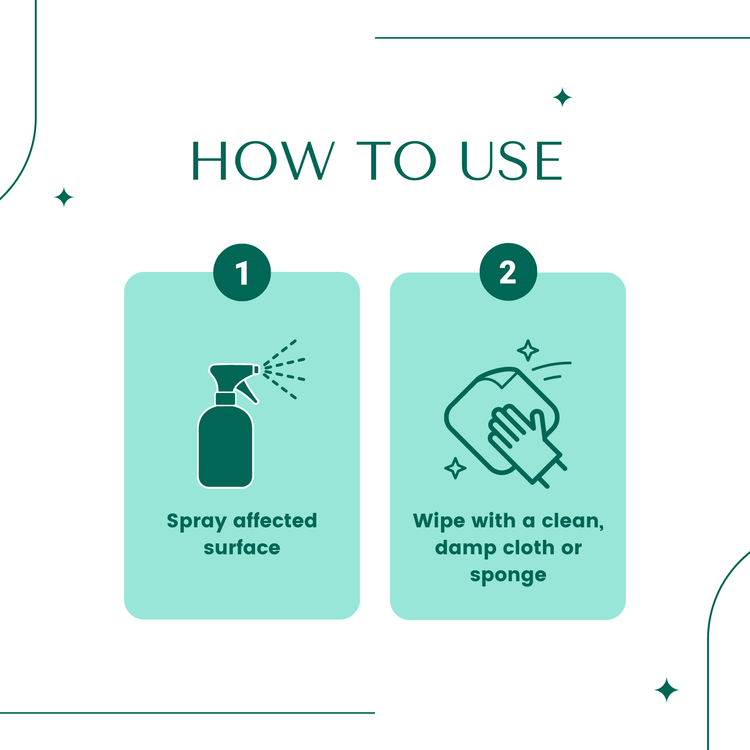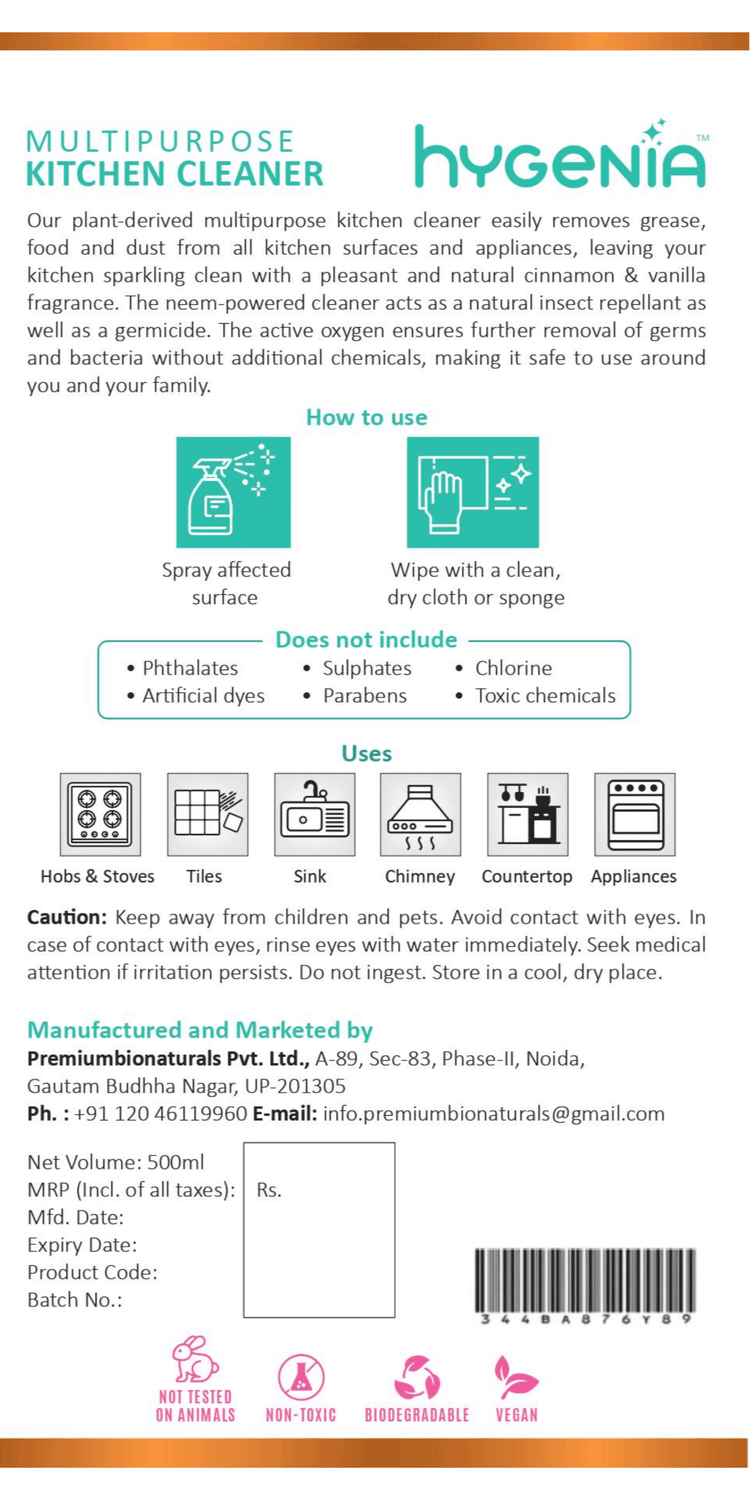Tiles are built to last, but scratches can still dull their beauty. If you're wondering how to remove scratches from tiles without a full renovation, you're in luck. These smart and affordable DIY tips can restore your floors or walls with little to no professional help.
From toothpaste hacks to natural polish solutions, here’s everything you need to know:
1. Remove Tile Scratches Using Toothpaste or Baking Soda

One of the easiest ways to fix light scratches is to remove tile scratches using toothpaste or baking soda. Allow the baking soda and toothpaste to do their job by letting them sit for a while. After that, wipe the area clean and rinse it with water.
The result will be that baking soda's & toothpaste’s mild cleaning properties will help reduce the visibility of scratches, giving your tiles a refreshed appearance. These kitchen staples act as gentle abrasives that can polish out minor damage.
While toothpaste and baking soda are effective for removing light scratches, hard water stains on bathroom tiles require a more thorough approach. Check out these quick tips to tackle hard water stains and restore your tiles to their shiny best.
How to use:
-
Clean the tile surface.
-
Apply white, non-gel toothpaste or a paste of baking soda and water to the scratch.
-
Buff gently in a circular motion with a microfiber cloth.
-
Wipe clean and dry.
Ideal for ceramic and porcelain tiles with surface-level imperfections
2. Polishing Ceramic Tile Scratches

Polishing ceramic tile scratches is effective for restoring shine to dull or etched areas. You can use store-bought tile polish, brass polish, or even a specialised tile repair kit. Clean the scratch with a cloth. Allow the tile's surface to dry and the polish to adhere. Apply a small amount of auto wax to the tile surface for protection.
How to use:
-
Clean the tile thoroughly.
-
Apply a small amount of polish to the scratch.
-
Rub gently with a soft cloth until the area shines.
#Pro Tip: Always test a scratch-removal method on a hidden section of the tile to avoid any unexpected damage.
3. Try a Magic Eraser for Tile Marks
If you're dealing with scuff marks or light streaks, a magic eraser for tile marks can work wonders. These foam sponges are designed to lift surface dirt and residue without harsh chemicals.
How to use:
-
Dampen the magic eraser.
-
Rub gently over the mark.
-
Wipe with a clean, damp cloth.
Best for rubber heel marks, scuffs from furniture, or grime buildup on smooth tile.
4. Know the Difference: Removing Scuffs vs Scratches on Ceramic Tile
Before attempting any repair, it’s essential to know the type of defect in your home and the depth of the scratches. Understanding the difference between removing scuffs vs scratches on ceramic tile will save you time and effort. Scuffs are usually superficial and removable with simple cleaning, while scratches penetrate the surface.
Quick tip:
-
Scuff = light rub = magic eraser or vinegar.
-
Scratch = dull groove = toothpaste, baking soda, or polish.
Always try the least abrasive method first.
5. Vinegar and Olive Oil Method for Tile Scratches

The vinegar and olive oil method for tile scratches is a natural way to improve the look of minor damage while nourishing the tile surface. In this solution, the olive oil works as a natural conditioner, hydrating the tiles, while the vinegar aids in dissolving any dirt or residue.
After letting the mixture sit on the scrapes for a while, remove the excess with a fresh cloth. The tiles' original lustre will be restored as the scratches become less noticeable.
How to use:
-
Mix 1 part vinegar with 1 part olive oil.
-
Dab onto the scratch with a soft cloth.
-
Let sit for 10–15 minutes, then buff dry.
This technique works best on glossy ceramic or natural stone tiles.
6. Cover and Conceal Deep Scratches
For deep scratches that don’t buff out easily, consider using a tile touch-up marker, porcelain repair compound, or ceramic filler. These products come in multiple shades to match your tile.
How to use:
-
Clean the tile and let it dry.
-
Apply the filler or marker to the scratch.
-
Smooth it out with a cloth or scraper.
Seal if needed to prolong the repair.
7. Prevent Future Tile Scratches
Prevention is better than a cure! Here are some tips to keep your tiles scratch-free:
-
Use Furniture Pads: Place felt pads under furniture legs to prevent scratches when moving them.
-
Avoid Dragging Objects: Lift heavy items instead of dragging them across the floor.
-
Regular Cleaning: Sweep and mop frequently to remove dirt and debris that can cause abrasion. For an effective and natural cleaning solution, try the Multipurpose Kitchen Cleaner Cinnamon Vanilla, which not only cleans but also leaves a fresh, pleasant scent behind.

-
Place Rugs and Mats: Use rugs in high-traffic areas and mats at entrances to minimise wear and tear.
Frequently Asked Questions
Q1) What’s the best way to remove scratches from tiles without replacing them?
A) Start with gentle abrasives like toothpaste or baking soda, and move to polish or fillers for deeper marks.
Q2) Can toothpaste or baking soda really fix tile scratches?
A) Yes—both are mild abrasives that can smooth out surface-level imperfections on ceramic or porcelain tiles.
Q3) How do I use a magic eraser to clean marks off tiles?
A) Wet the eraser and rub gently over scuff marks. Works well on smooth tiles for rubber or grime streaks.
Q4) What’s the difference between a scuff and a scratch on ceramic tile?
A) Scuffs are surface-level marks, usually from shoes or furniture. Scratches are deeper and may require polishing or fillers.
Q5) Is polishing ceramic tile safe for all finishes?
A) It’s safe for most glossy or smooth tiles. Always patch test first if you have textured or matte finishes.
Q6) How does the vinegar and olive oil method work for scratch repair?
A) Vinegar cleans the area while olive oil temporarily fills and masks fine scratches, improving shine.
Removing scratches from tiles is easier than it seems with the right methods. Whether using simple home remedies like toothpaste and baking soda, or more advanced solutions like fillers and polishes, you can restore your tiles without replacing them.
Regular cleaning and prevention tips like furniture pads, will also help maintain their beauty. Keep these tricks in mind, and your tiles will stay looking fresh and new!







